Keeping your indoor cat mentally and physically stimulated might feel like a full-time job, but with a little creativity, it’s easier than you think. Indoor cats thrive when their environment mimics the excitement, challenge, and novelty of the outdoors. Whether they’re perched in a sunny window, stalking a toy mouse, or purring beside you on the couch, cats need stimulation that taps into their natural instincts.
1. Engage Them with Interactive Playtime
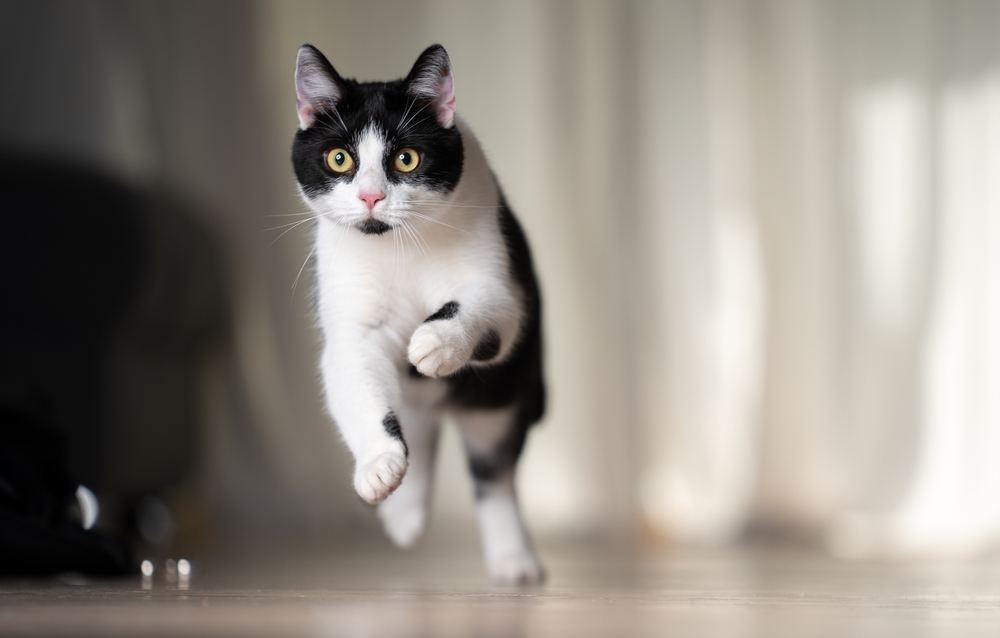
Interactive play is one of the best ways to keep your cat both physically fit and mentally sharp. Toys that mimic prey movements—like feather wands or laser pointers—trigger their natural hunting instincts, giving them the thrill of the chase without the outdoor risks. Try dedicating 10–15 minutes a couple of times a day for play sessions to burn off their excess energy. It’s also an easy way to deepen your bond while keeping your cat content and stimulated.
According to feline behaviorist Dr. Mikel Delgado, play helps indoor cats “safely express their predatory instincts,” which is essential to preventing frustration and behavioral issues. Structured play mimics the hunt-catch-eat-rest sequence, reducing anxiety and promoting calmness. Keep a mix of toys on hand and switch them up frequently to prevent boredom. Your cat’s daily “hunt” doesn’t have to end when the play session does—it’s part of how they experience joy and satisfaction.
2. Introduce Cat-Approved Climbing Opportunities
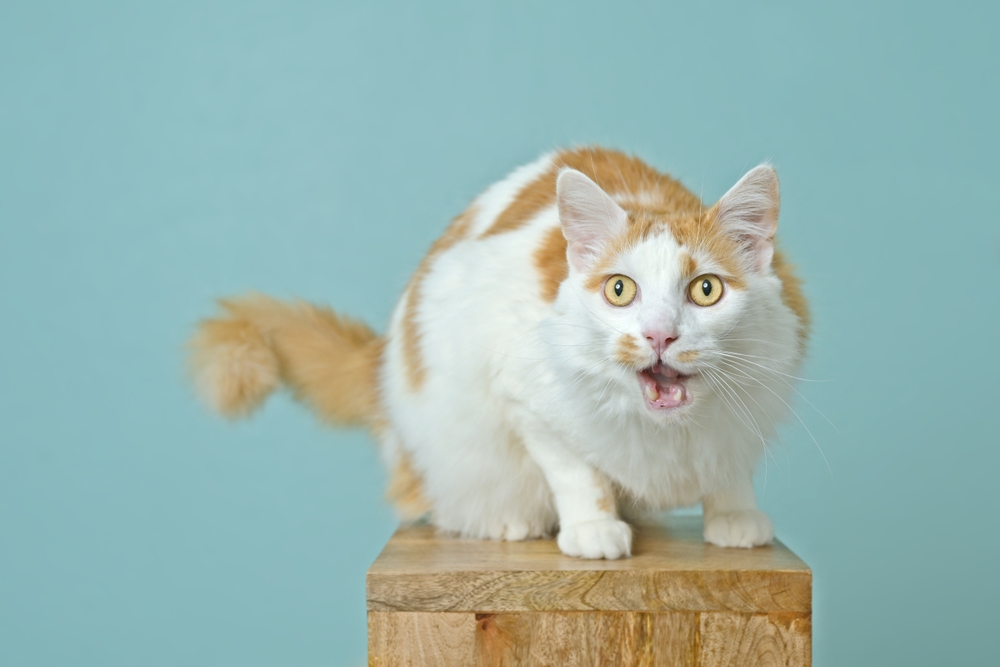
Cats love height—it gives them a sense of safety, control, and stimulation. Adding vertical spaces like cat trees, wall-mounted shelves, or window perches gives them room to explore and observe their surroundings. These climbing options replicate their instinctual urge to climb trees or survey territory, even from your living room.
Position a tall cat tree near a window so they can birdwatch while basking in the sun. It’s a great way to combine mental and visual enrichment while giving them a cozy nap spot. Vertical setups also reduce tension in multi-cat homes by providing escape routes and personal “territories.”
3. Try Puzzle Feeders for Mealtimes
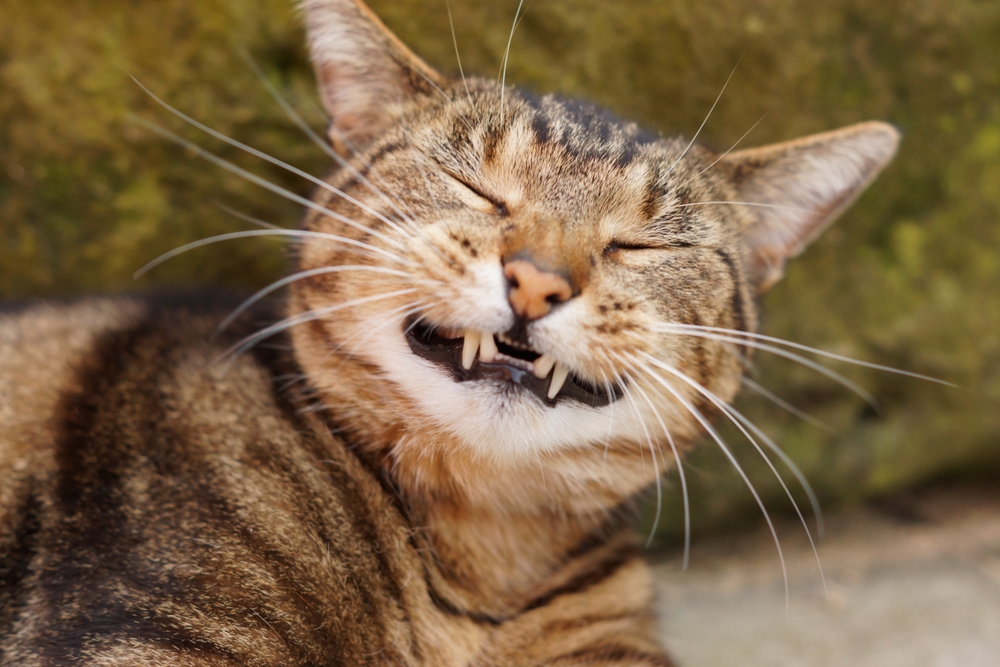
Feeding time can be more than a routine—it can be a mental challenge. Puzzle feeders or slow feeders force your cat to “work” for their food, activating their natural problem-solving instincts. This not only makes mealtime more rewarding but also slows down fast eaters, reducing the risk of overeating and digestive issues.
A study in the Journal of Feline Medicine and Surgery found that cats using puzzle feeders showed lower stress and fewer behavioral problems. It’s a win-win for your cat’s health and happiness. Start simple, and as your cat gets the hang of it, upgrade to more complex puzzles. The satisfaction of “earning” their meal keeps their brain sharp and their instincts engaged.
4. Rotate Their Toys Regularly
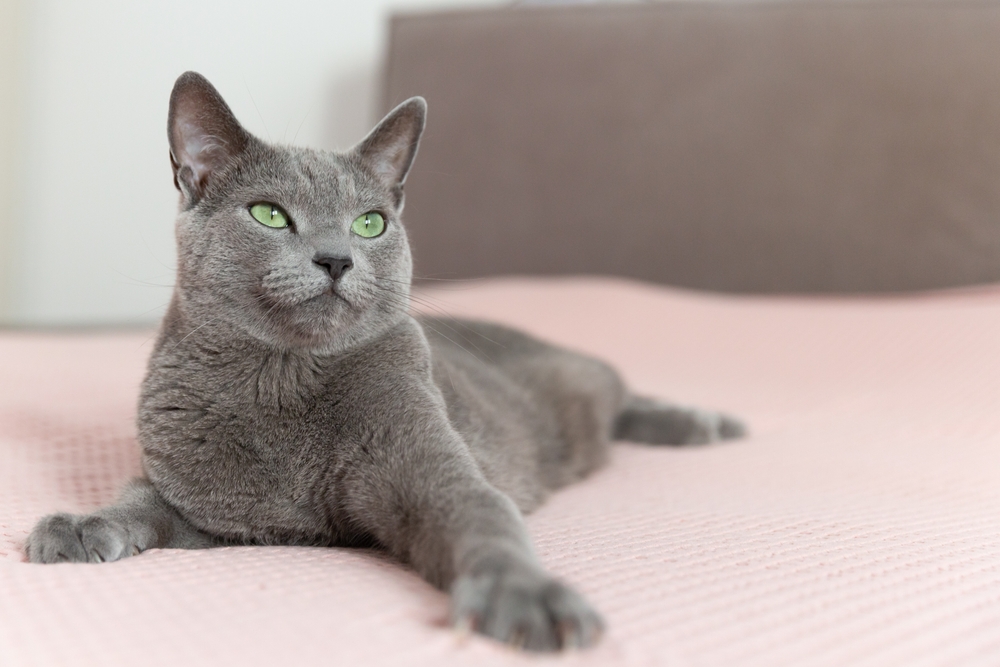
Even the most exciting toy gets old if it’s always around. Rotating your cat’s toys every few days gives them a sense of novelty, keeping playtime fresh and stimulating. Reintroducing toys after a short “break” can make them seem brand-new again. It’s an easy way to re-engage your cat’s curiosity without buying more toys constantly.
Veterinary behaviorist Dr. Sarah Heath recommends using toy rotation to “simulate environmental change,” something cats crave but rarely get indoors. From feather teasers to crinkle balls, try keeping three or four toys out while storing the rest. This simple habit keeps boredom at bay and enriches your cat’s daily routine without overwhelming them.
5. Dedicate Time for Training and Tricks
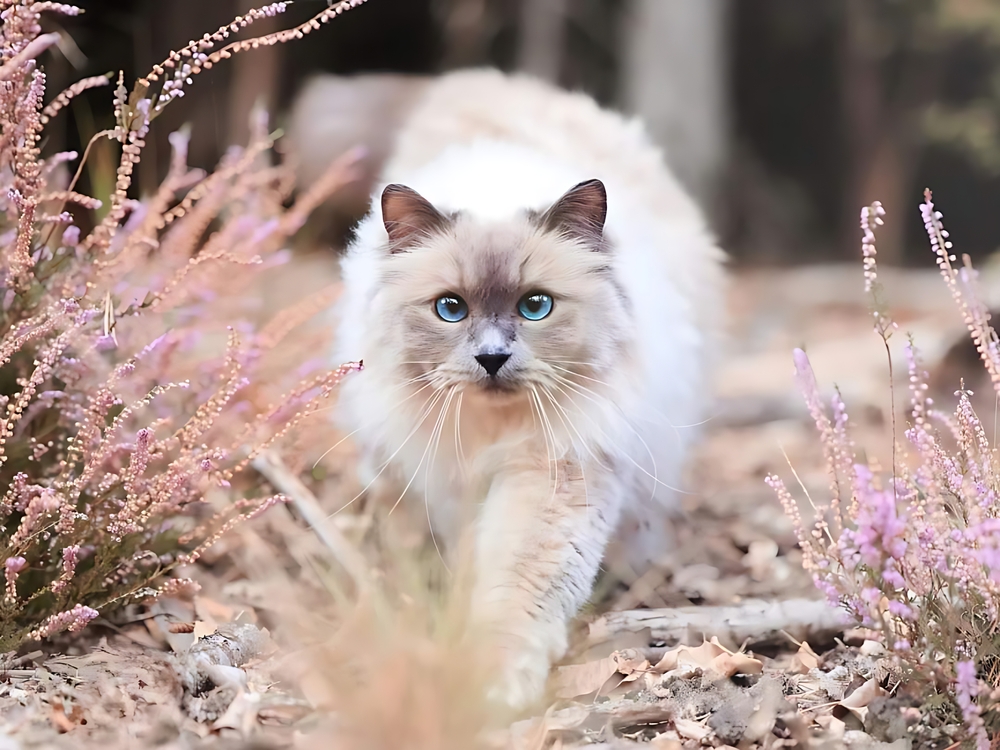
Believe it or not, cats can learn tricks—and they love the challenge. Training sessions using treats or clicker reinforcement teach them focus, patience, and problem-solving. Try starting with simple commands like “sit,” “come,” or “high five.” The key is short, positive sessions that end on success.
Training builds confidence and deepens your relationship with your cat. It’s also great mental exercise that helps prevent boredom and anxiety. A few minutes of training each day adds structure and stimulation to their environment—and earns them a few tasty rewards.
6. Let Them Explore New Scents
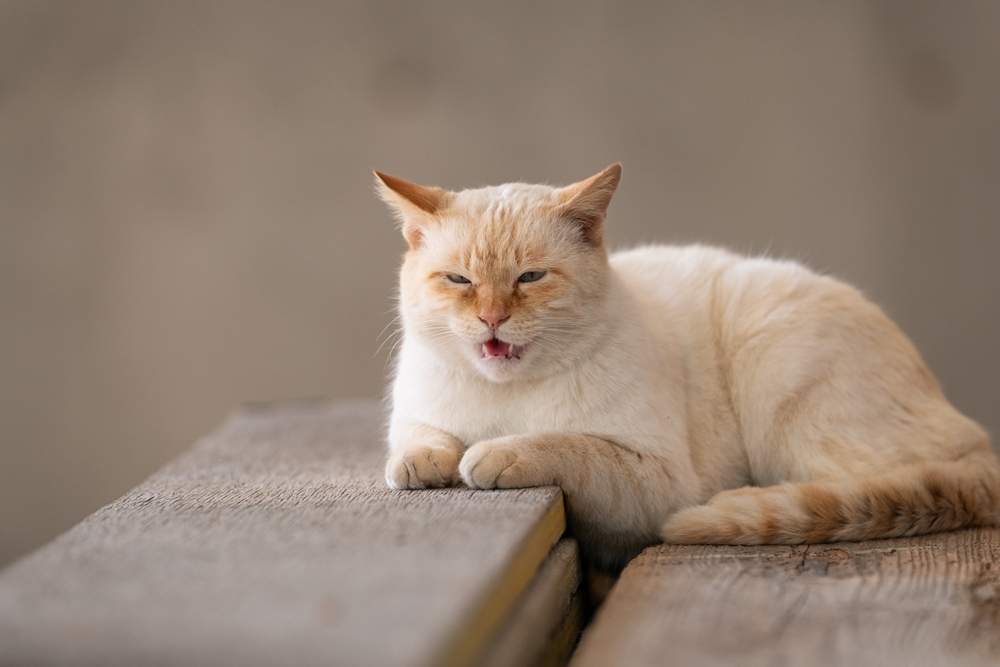
Cats experience the world through scent, so introducing new smells is like giving them a sensory adventure. Safe scents like catnip, silvervine, chamomile, or valerian root can stimulate their curiosity. Sprinkle dried herbs on toys or bedding, or use pet-safe diffusers to freshen their environment.
Rotate scents weekly to keep their noses busy and their environment dynamic. It’s a simple, low-effort way to enrich their world without leaving the house. You’ll know it’s working when your cat rubs, rolls, or purrs in approval.
7. Give Them Hiding Spots for Solitude
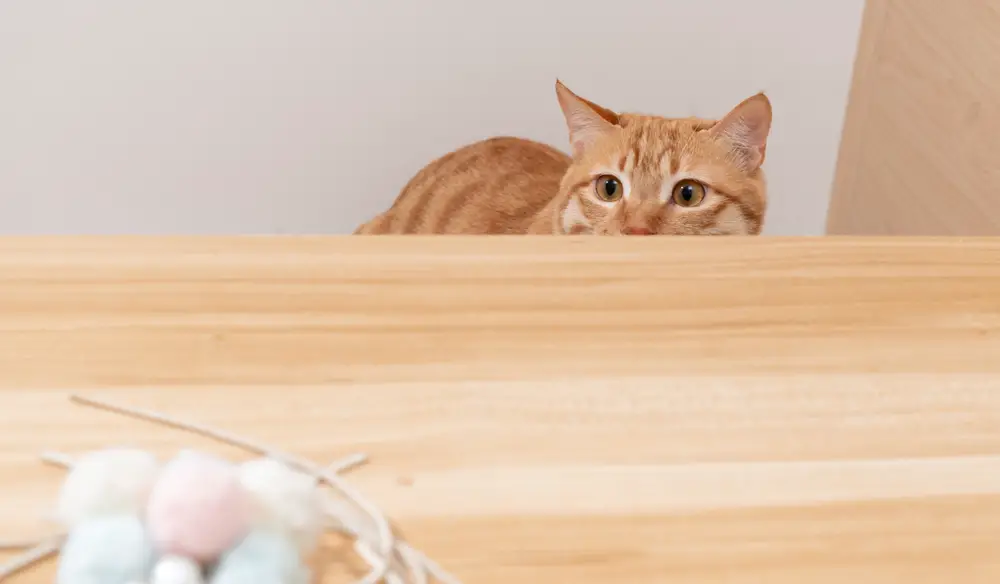
Cats may be curious explorers, but they also crave quiet, private spaces to decompress. Create cozy hiding spots with boxes, baskets, or enclosed beds where they can retreat whenever they need alone time. These areas help them feel secure, especially in busy or noisy households.
Animal behavior research from the University of Utrecht found that cats with access to hiding spaces exhibited fewer stress-related behaviors. It’s essential for their emotional health, not just comfort. Having a “safe zone” they can retreat to can significantly boost their overall sense of well-being and reduce anxiety.
8. Provide a Window to the World
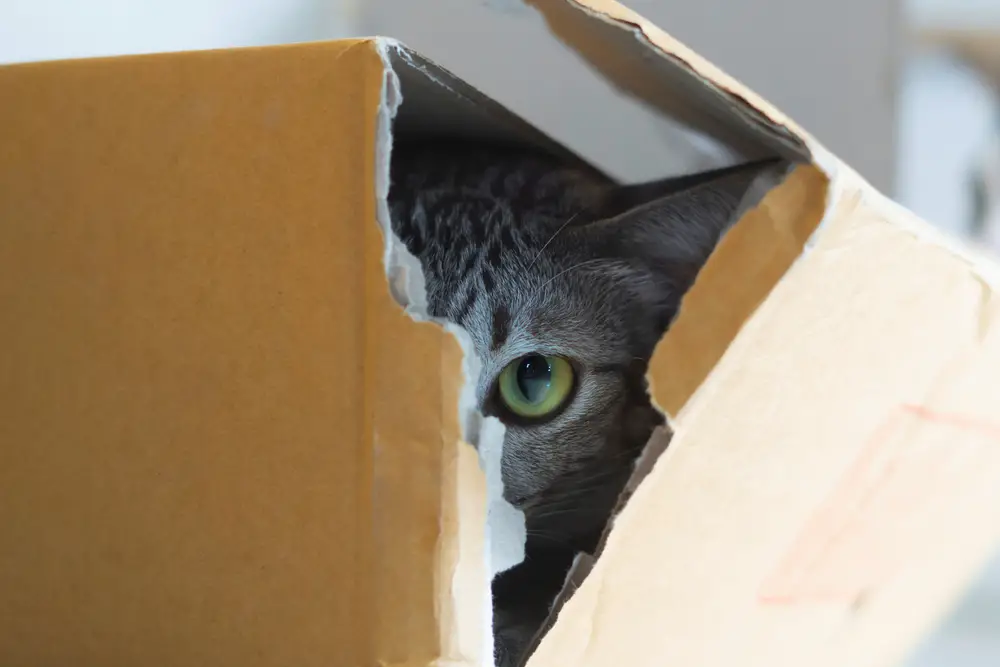
Indoor cats love to observe life outside—birds, leaves, people, even passing cars. Setting up a perch by a window provides endless entertainment. Add a bird feeder outside for an ever-changing “cat TV” experience.
Make sure the window area is safe and secure so your cat can relax while observing the world. Sunlight, warmth, and stimulation all in one spot? It’s the perfect setup for your indoor adventurer.
9. Offer Different Textures to Explore
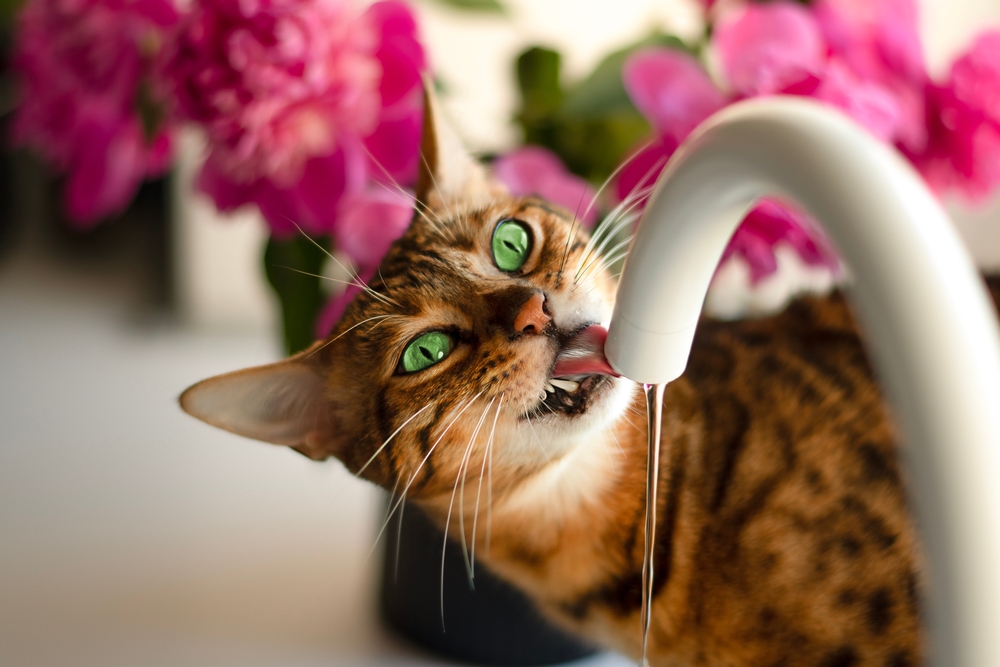
Just like people, cats enjoy tactile variety. Introduce different materials—soft blankets, rough scratching posts, and smooth tiles—to stimulate their senses. Scratching different textures also helps maintain healthy claws and satisfies their instinct to mark territory.
A textured environment gives your cat options to match their mood. They’ll choose when to scratch, nap, or knead, keeping their mind and body engaged. Plus, it helps protect your furniture from becoming their go-to scratching post.
10. Create a Cat-Safe Outdoor Space
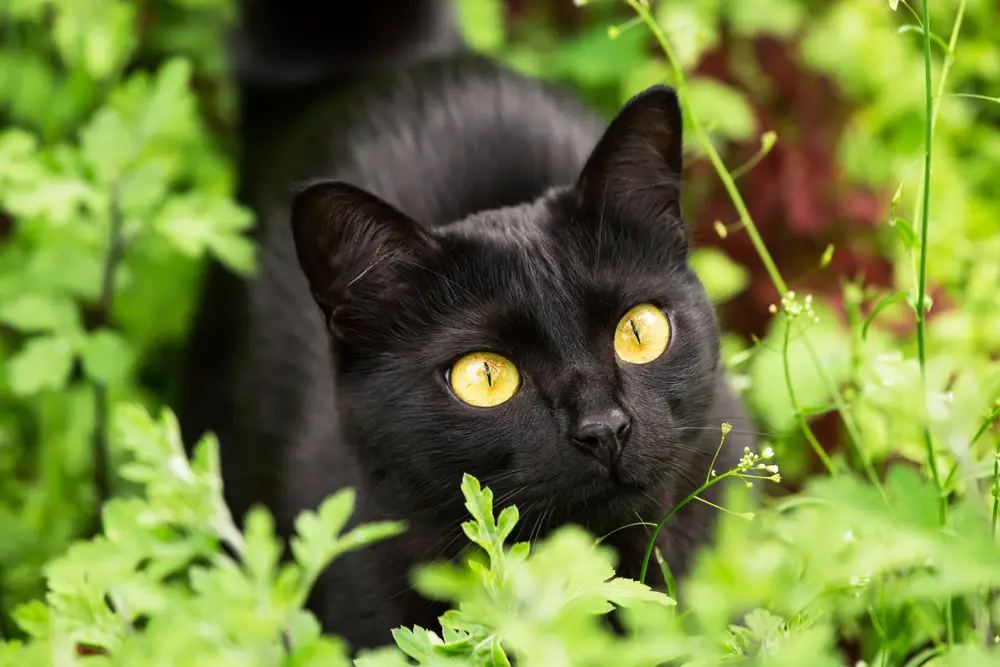
If you have the space, a “catio” or screened balcony lets your cat safely experience the outdoors. Fresh air and natural sights can reduce stress and satisfy their curiosity. Make sure the space is secure and escape-proof before letting them explore.
Adding plants, platforms, and hiding spots creates a stimulating mini ecosystem. Outdoor enrichment boosts mental health while keeping your cat safe from predators or traffic. It’s the best of both worlds—freedom with protection.
11. Play Nature Sounds or Cat TV
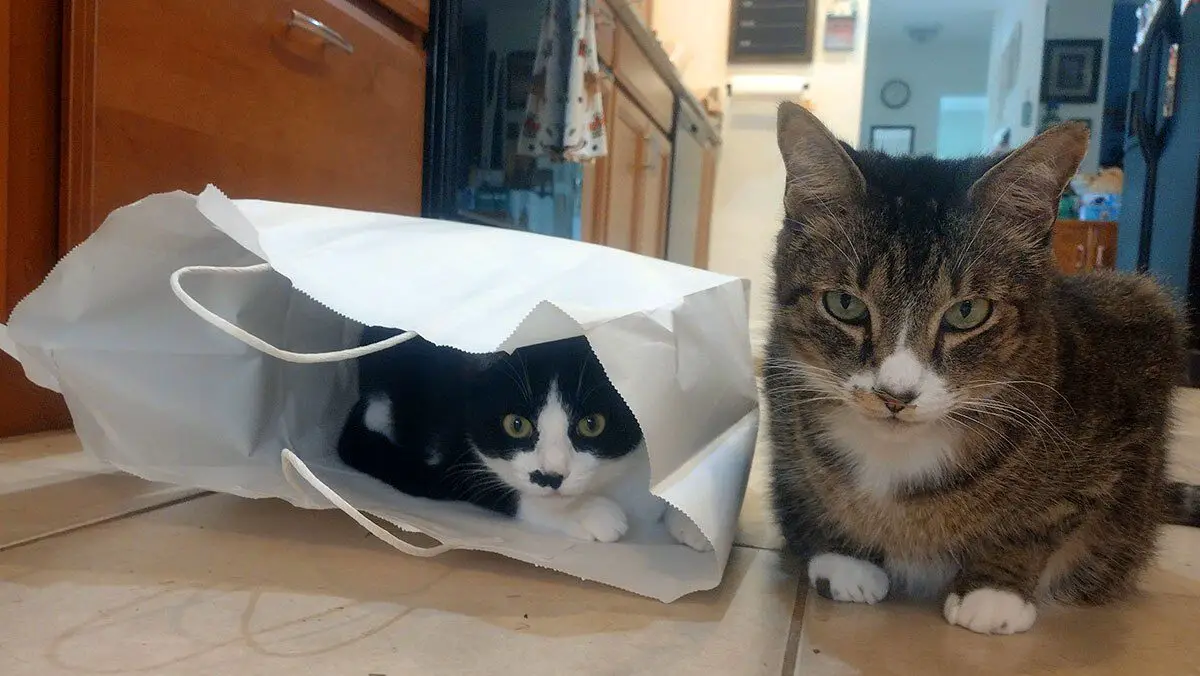
Cats are auditory hunters—they’re tuned into the smallest rustle or chirp. Playing nature sounds or bird videos can trigger those instincts in a safe, stimulating way. Many cats will sit, stare, or even paw at the screen, fully immersed in their imaginary hunt.
Keep screen time short to prevent overstimulation, and always supervise interactive sessions. It’s a simple trick to entertain them while you’re working or away.
12. Add Routine and Rituals
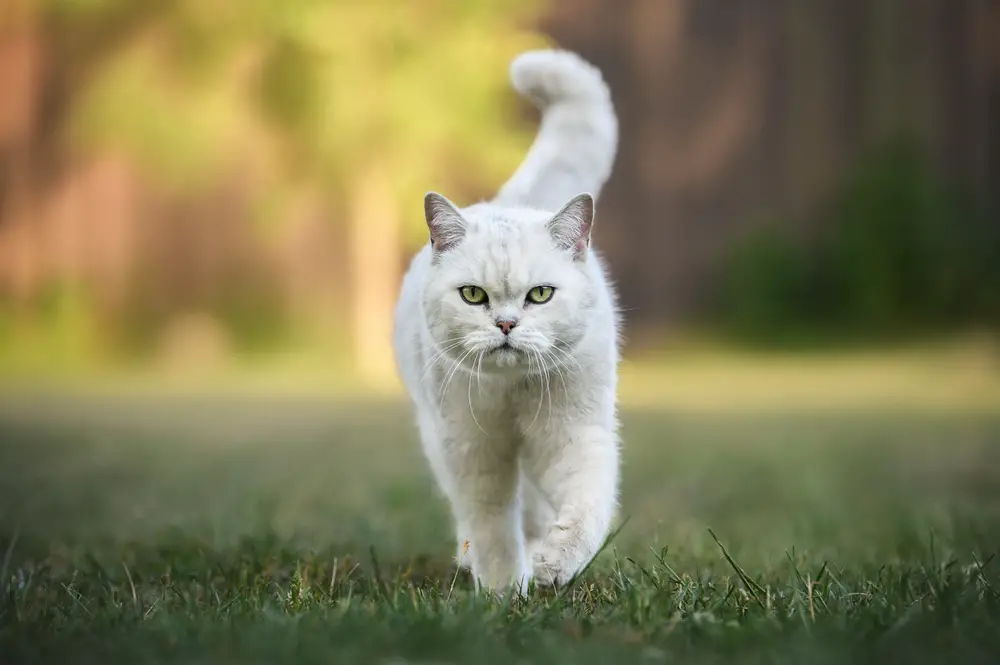
Cats thrive on predictability. Establishing daily play, feeding, and cuddle routines helps them feel safe and reduces anxiety. When cats know what to expect, they’re calmer and more content.
Stick to consistent mealtimes and play sessions to reinforce trust and structure. A little routine goes a long way toward creating a secure, happy indoor environment.
13. Give Them Love on Their Terms
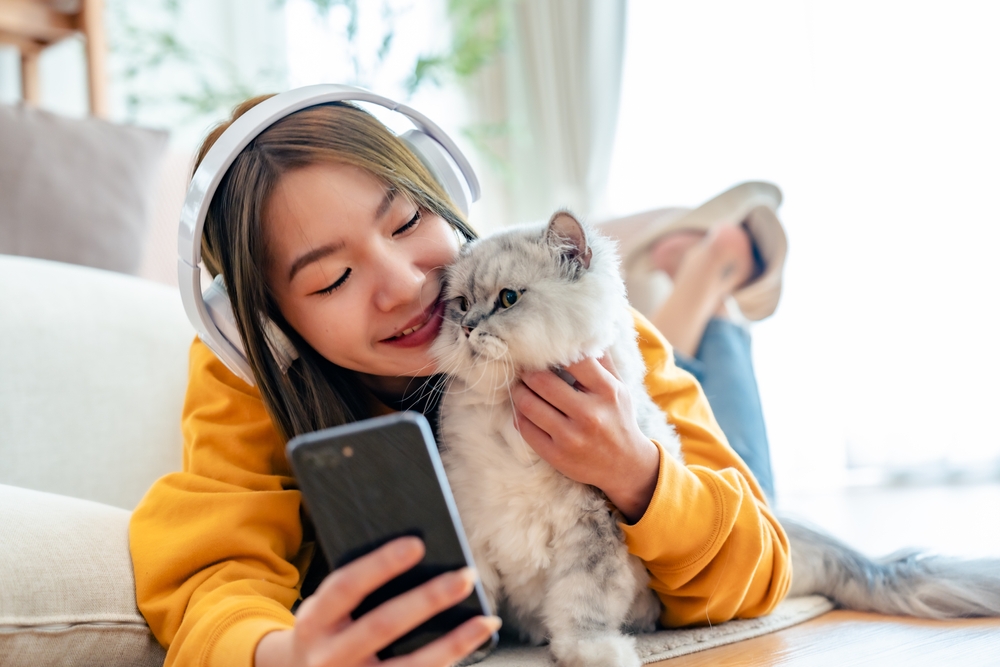
Every cat has its own way of expressing affection—some demand cuddles, while others prefer gentle presence. Respect their boundaries and learn their unique communication cues. Let them come to you when they’re ready for attention.
When love is mutual and on their terms, your cat feels respected and secure. That emotional safety builds trust, deepening your lifelong bond. After all, the happiest cats are the ones who know they’re loved—and understood.
